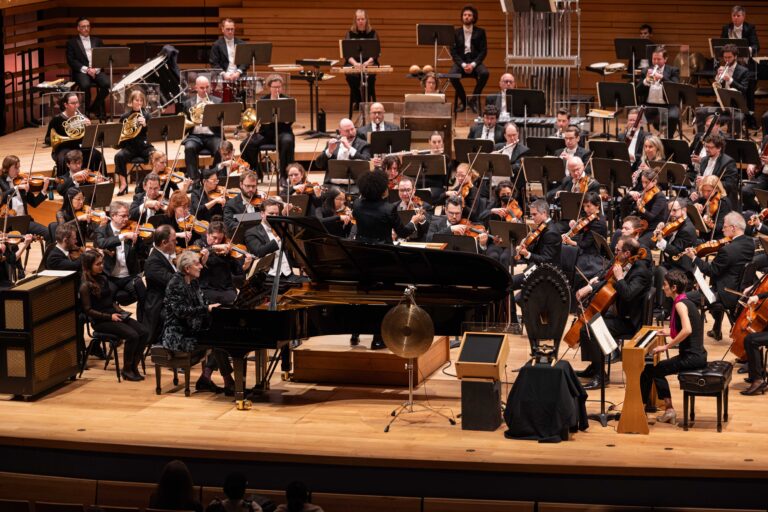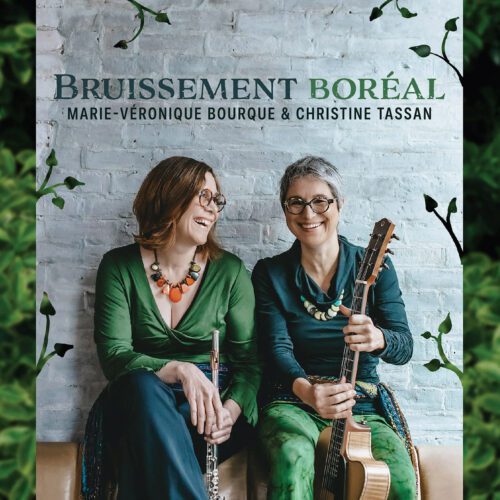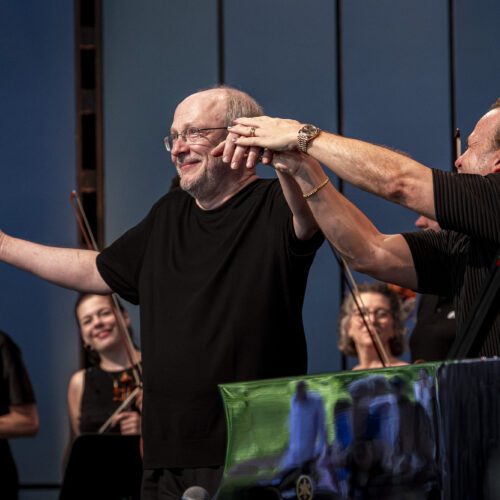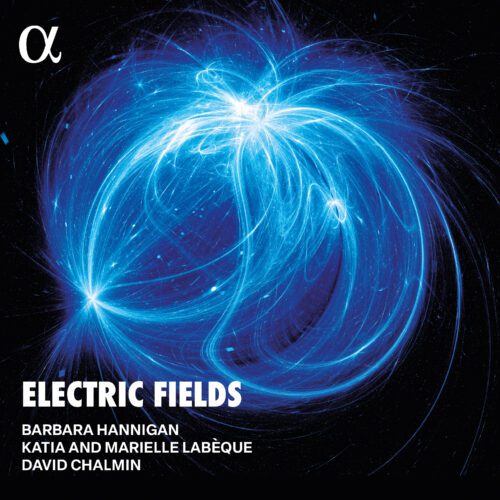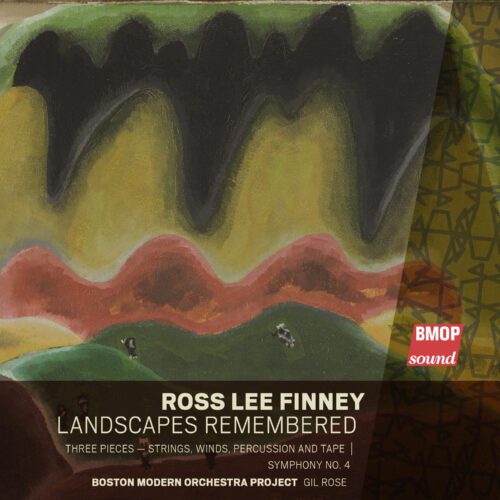On December 5 and 6, the OSM, conducted by Rafael Payare, presents the Turangalîla-Symphonie, a powerful and enigmatic work by French composer Olivier Messiaen. It’s impossible to remain indifferent before this monumental and striking work. The OSM has done it justice, giving new dimensions to all the orchestra’s instruments. Payare, for his part, lived up to his reputation: he led the orchestra remarkably well, with energy and great musicality.
Turangalîla-Symphonie is a surprising and unique work. The title is a juxtaposition of two Sanskrit words, meaning respectively (and with a few shortcuts…) movement and cosmic love. This symphony, divided into ten movements, is based on the exposition of four themes: the statue, love, the flower and chords. Throughout the work, these four themes are developed and varied. The score features a large number of percussion and keyboard instruments, so the Symphony House stage was packed. The entire back section of the stage was given over to an imposing percussion installation. Upstage, two keyboards, the glockenspiel and the piano (Jean-Yves Thibaudet) rubbed shoulders with a little-known and seldom-seen instrument: the ondes Martenot (Cécile Lartigau). This latter instrument is sometimes discreet when played in the company of the whole orchestra, but certain movements, akin to chamber music, let us distinctly hear this instrument with its multiple sound possibilities. The piano score, for its part very demanding, and is magnificently interpreted.
Musically, the Turangalîla-Symphonie is a constant interplay of textures and superimposed melodic lines, at times verging on atonality. It is a complex work, at times anxious-sounding and very often majestic. The statue theme, for example, is composed of low chords supported by brass. There are several changes of tempo, very well executed by the orchestra. We admire the orchestra’s precision during the unison moments and note the full power of the OSM during the frequent fortissimo passages, which leave us stunned. These intense nuances are followed by highly successful transitions between the different movements, with a clean break or a perfectly controlled decrescendo.
For several reasons, it’s impossible to remain indifferent when listening to the Turangalîla-Symphonie. Firstly, because it allows us to hear instruments and combinations rarely seen elsewhere, and secondly, because the power and vivacity of the OSM reaches a new peak here. The inclusion of this work in this season’s program is to be warmly welcomed.
Another performance will take place on Wednesday, December 6. INFO AND TICKETS HERE!
Photo credit: Antoine Saito
